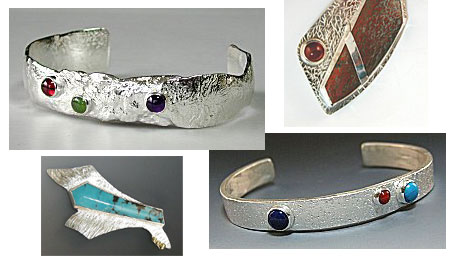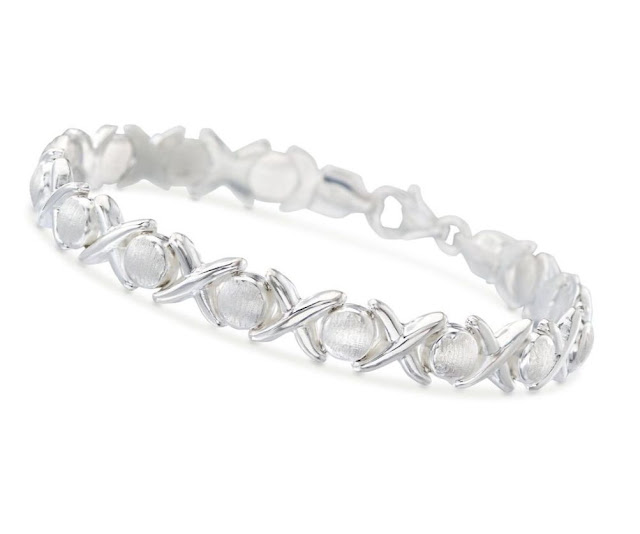Tip 1: Set Your Budget for a Silver Ring
Silver is a precious metal whose overall price is dictated by the market. Generally speaking, the price of silver and gold are linked together, so if gold is high, expect silver to be high too. W

hile silver is not as expensive as gold, it can command premium prices especially if the ring comes from a renowned jewelry producer like Tiffany. Before you start searching, set a budget and stick to it.
Tip 2: Look for Attractive Settings in Silver Rings
A simple silver ring band might be enough for your man, but perhaps you want something a tad fancier. There are plenty of men's rings that come in delightful settings and settings just like women's rings. In fact, even the use of gemstones on men's rings is acceptable. The design of the ring refers to its shape and cut within the metal.

A silver ring with a Celtic band, for example, refers to the ring's design. The setting refers to the gemstones placed within the ring. Precious gems like diamonds and rubies make the ring more valuable, but they also affect its selling price. Remember the first important tip, and choose one that is within your budget.
Tip 3: Know Your Silver
Sterling silver, silver plate, and just plain silver are all common descriptions sellers use when advertising a ring. Know what these words mean in order to help you make the best choice. Silver is an alloy, which means it is often combined with other metals to make jewelry, and sometimes the overall amount of silver in the ring is less than you would think.
Silver Name |
Amount of PureSilver (percent) |
Advantages |
Drawbacks |
|---|---|---|---|
| Fine Silver | 99.9 | Highly valuable | Fragile, not intended for everyday jewelry |
| Sterling Silver | 92.5 | Valuable and durable | Tarnishes |
| Argentium Silver | 92.5 or higher | Tarnish resistant | More expensive and rarer than sterling |
| Silver Plate | Varies | Less expensive | Ring only uses a thin plate of silver |
| German Silver | 0 | Affordable | Does not contain real silver |
The names of silver are sometimes confusing since jewelers often use it to refer to the color instead of the metal. For example, German silver does not contain any real silver metal and its name comes from its silver color.







